You may not remember the 1959 Oscar-award-winning song titled “High Hopes” and sung by Frank Sinatra, but I do. Don’t worry; I won’t sing any of it. But here are some of the lyrics:
“Just what makes that little old ant think he‘ll move that rubber tree plant. / Anyone knows an ant can’t—move a rubber tree plant. / But he’s got high hopes; he’s got high hopes; he’s got high apple-pie-in-the-sky hopes. / So, any time you’re gettin’ low, ’stead of lettin' go, just remember that ant. / Oops, there goes another rubber tree plant. / Oops, there goes another rubber tree plant. / Oops, there goes another rubber tree plant.”
Whether it is because of or in spite of Sinatra’s song, a rubber tree plant can be found in homes all around the world.
The botanical name of “Ficus elastica” shows us that it is in the same fig genus as the fiddle-leaf fig Ficus lyrata, the houseplant weeping fig Ficus benjamina, the common edible fig Ficus carica, and about 850 other fig species.
The rubber tree is a tropical plant from northeast India and Indonesia. It grows over 100 feet tall; it drops a lot of big leaves and branches, and it produces too much shade for most plants to grow under it. It has weak branches that break in strong winds, so it isn’t a good plant for areas that get hurricanes.
However, it makes a nice houseplant. It thrives with bright indirect light. If it doesn’t get enough light, it will drop leaves. It likes damp but not waterlogged soil. It needs normal indoor temperatures. Give it a little fertilizer in the summer.
When rubber tree plants get a problem, the leaves will get brown spots. Small freckle-like brown spots or circles with colored edges are probably a sign of one of several possible fungal diseases.
Large brown patches can be caused by too much light, especially on white areas of variegated leaves. Cold temperatures will cause brown spots and brown edges. Brown edges will also develop on leaves when the plants are underwatered or when the plants are overfertilized. The leaves will drop off if the plant moves between two very different environments, such as between a bright, humid greenhouse and a dark, dry house.
Rubber trees get the normal houseplant insects, including aphids, mealy bugs, mites, scale, and whitefly. A systemic insecticide will work on most of them, and if you wash the plants on a regular basis to keep dust off the leaves, you will also reduce the pest problem.
There are several common varieties of rubber plants. The Decora variety has shiny green leaves that are reddish on the back; Burgandy has reddish-black leaves; and Tricolor has green, pink, and white leaves.
When rubber trees get too tall or have a problem such as getting a frost because they weren’t brought indoors early enough in the fall, they can be cut back. They often branch out very nicely.
The cut-off branch can be used as a cutting to get a new plant. Let it sit out for a while so the sap can dry off. Then, plant it in damp soil or water, until it roots. Rubber trees can also be propagated by air layering.
I mentioned the sap. It is a white latex material that can be used for making rubber, but it isn’t the plant that natural rubber is made from; that’s the Amazonian rubber tree, Hevea brasiliensis. The sap can be an irritant on the skin of people and pets, so be careful when handling this plant.
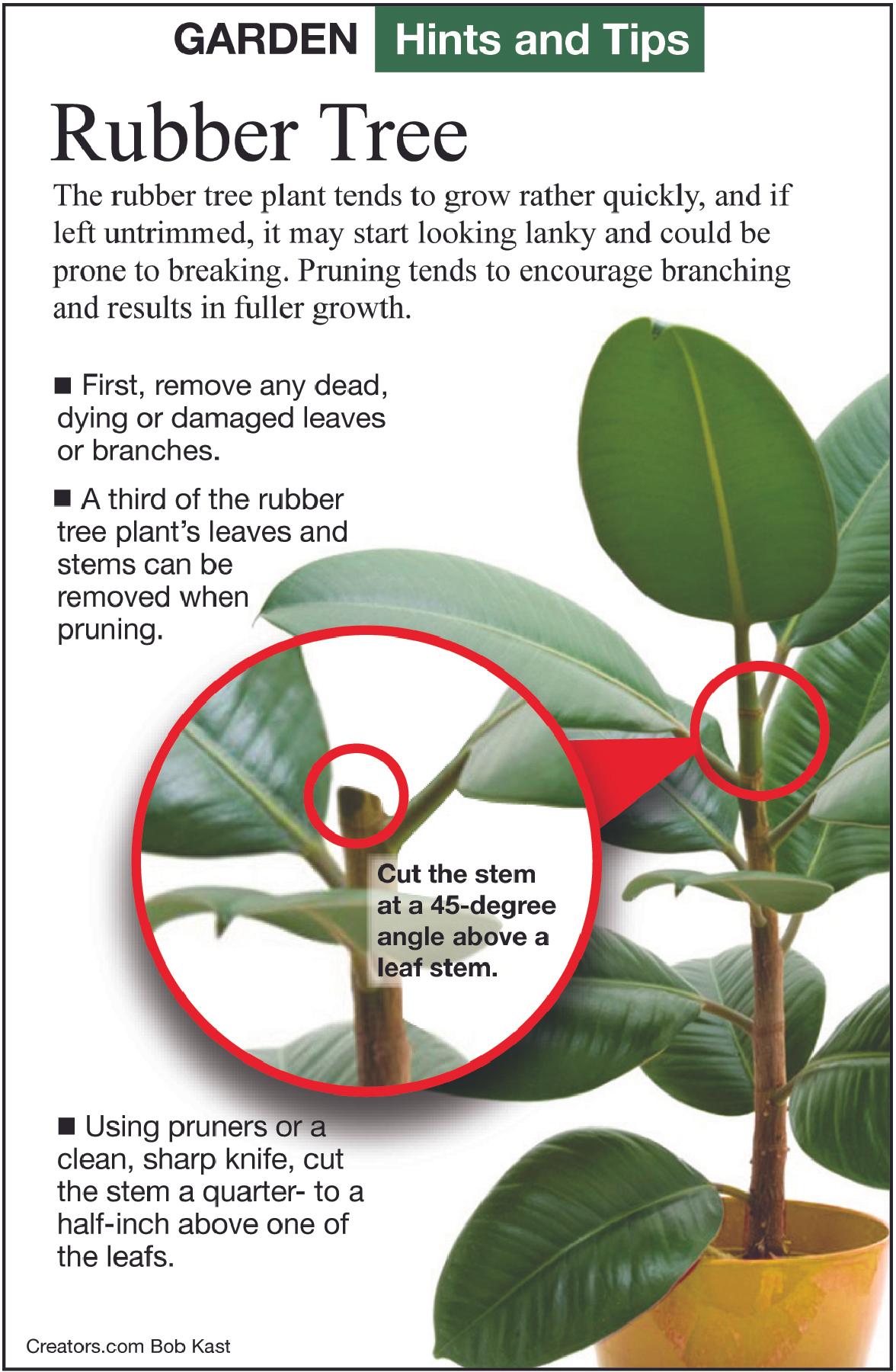

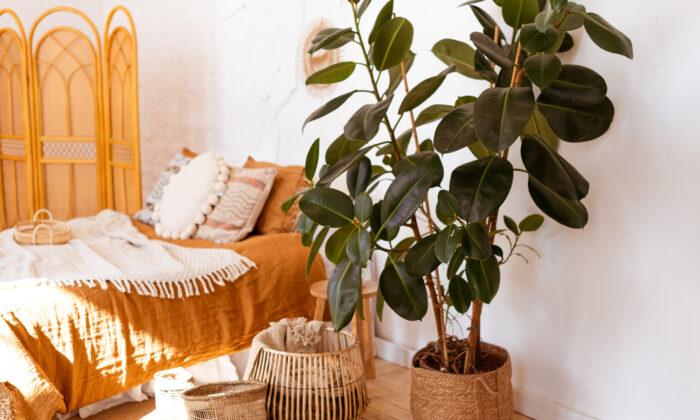
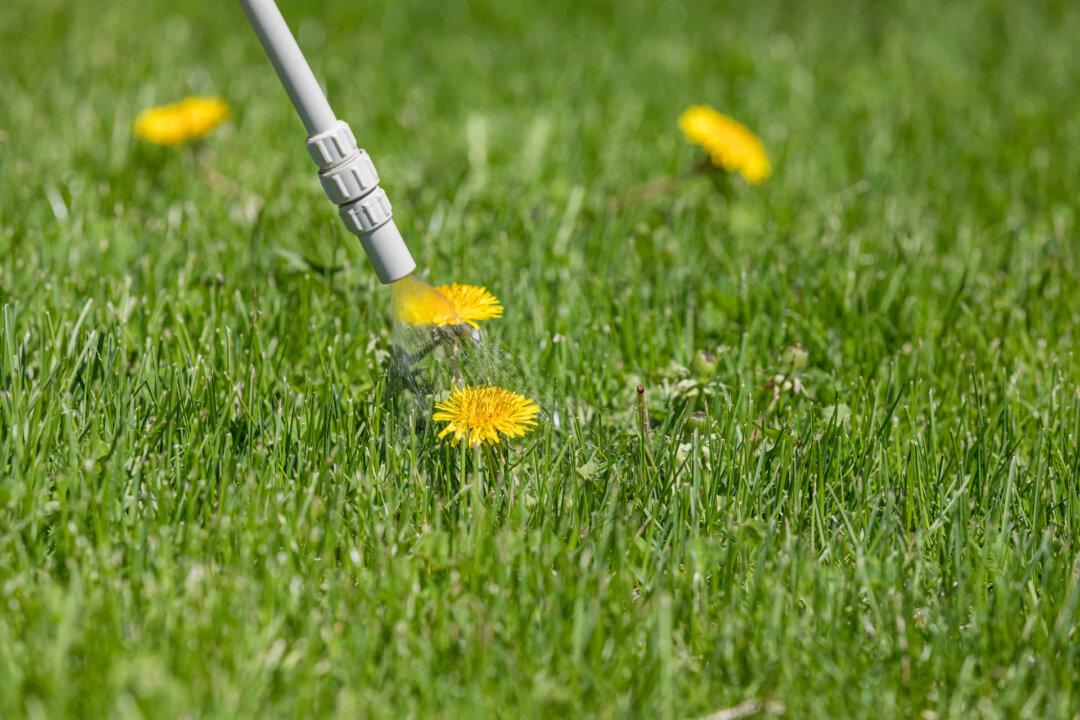
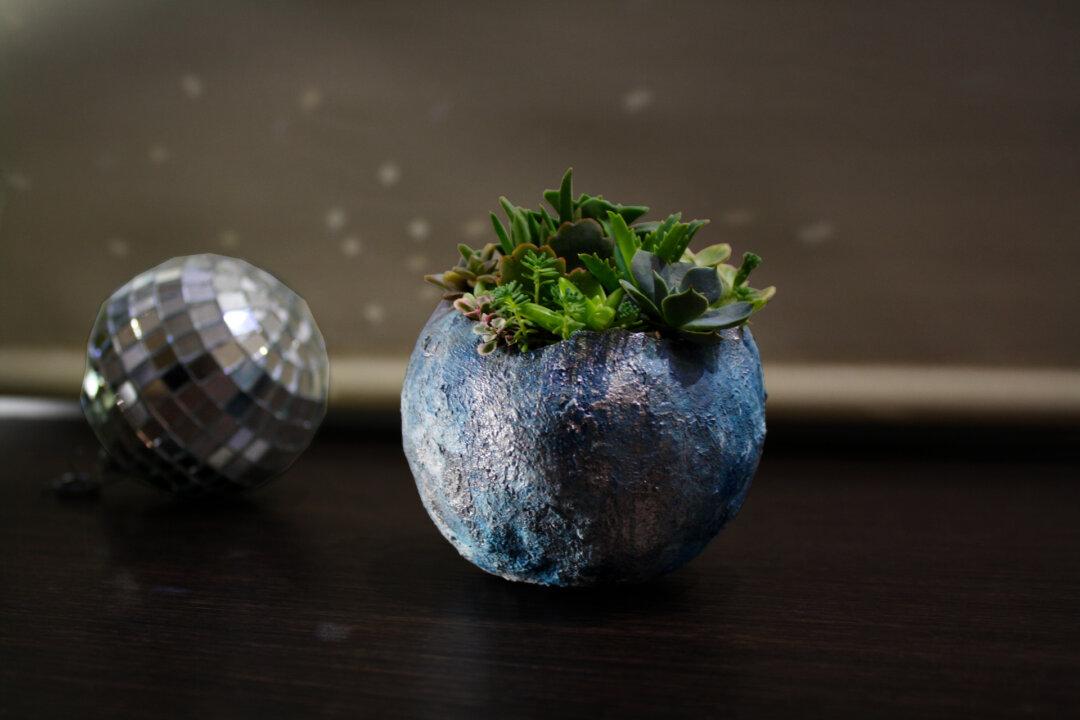
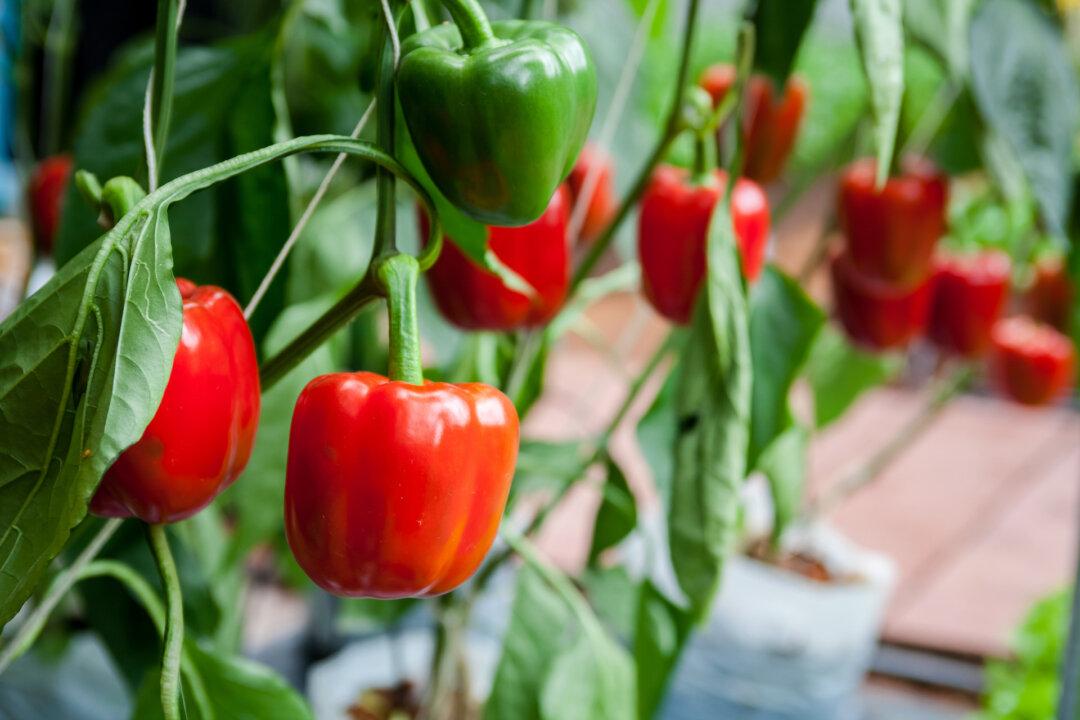

Friends Read Free